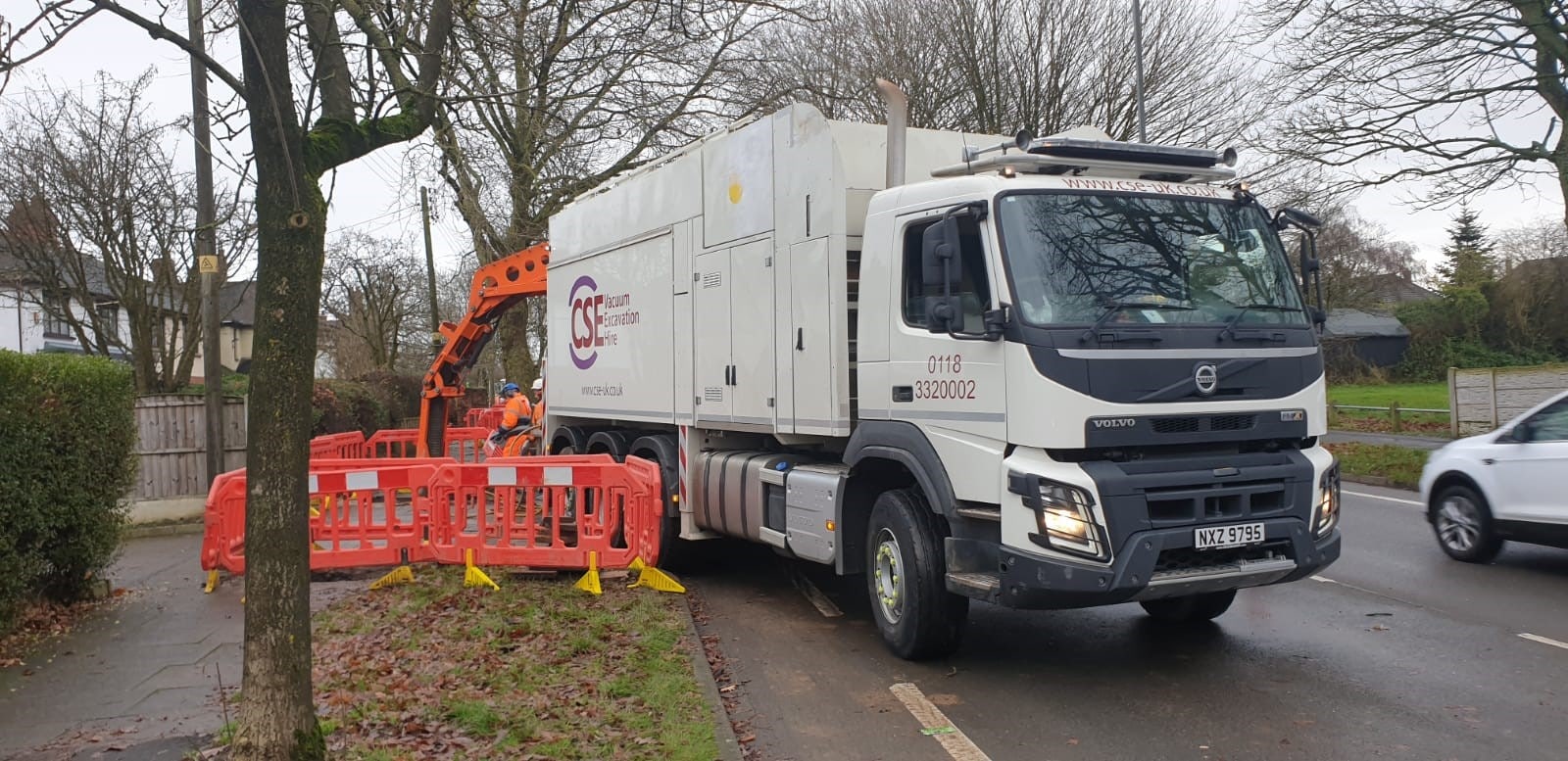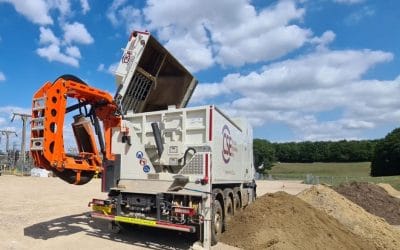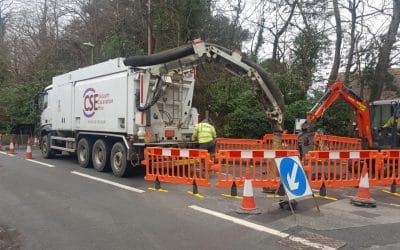Vacuum Excavation is a vital part of modern contract work in which the law does state that no excavation work can go ahead until the area is 100% safe. Failing to ensure an excavation site is safe may have hazardous consequences for any workers onsite, resulting in potential delays, injuries or even death.
A main cause of on-site accidents is poor preparation. Injuries from trench collapses or utility strikes can be prevented with the use of thorough planning and modern ground survey techniques such as ground penetration radar (GPR).
According to the HSE Guidelines, there are 6 vital steps that the site manager and workers must do both before and during any excavation work to prevent any accidents.
For the manager, these safety measures are:
- Ensure that all excavations are made safe with trench supports, battering backs, fencing and/or any other effective measures.
- Be aware that there is no safe minimum depth of excavation.
- Provide essential training to highlight any potential risk for all staff.
- Make certain that any adequate inspections on excavations are completed at least weekly and after any bad spells of weather.
- Provide competent supervision at all times.
- Confirm that no plants work too closely to the edge of an excavations.
For the workers, these safety measures are:
- Do not enter an unsupported trench in which there is high risk of collapsing.
- Never work outside the protection area of the trench boxes or supports.
- Keep the plant a safe distance from the excavation edge.
- Do not work underneath an excavator.
- Be on continued alert to any risks from underground services or undermining adjacent structures.
- Maintain fencing as well as other safety measures in order to protect fellow colleagues.
There has been an increasing number of contractors who are opting for more modern methods as a way of ensuring that there is top excavation safety on site at all times. It is well known that excavation techniques such as Vacuum Excavation is considered to be the safest and most reliable way to excavate.
Vacuum Excavation offers a faster, more cost-effective solution than manual hand digging. A standard Vacuum Excavation can remove 2m3of spoil per hour, while an inbuilt skip can hold up to 10m3 before it needs to be emptied. In short, one Vacuum Excavation vehicle will complete a job in the fraction of time in which it would take a team of labourers or a digger.
Another beneficial aspect of Vacuum Excavation is that it is a significant time saver.
If you would like to enquire about any of our systems or hire our team for work, please get in touch with a member of our team who will be happy to answer any questions.





